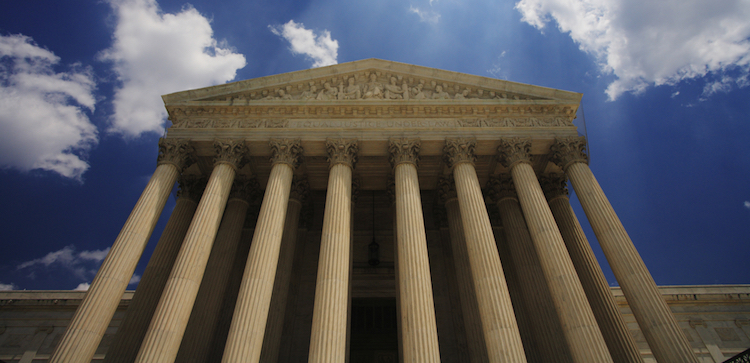Overcoming Our Obstacles

Bill Neukom. Photo by Paul Berg
We must face a simple reality: Invidious discrimination persists in our communities, justice system and profession. Nearly 40 years since the gains of the civil rights movement, discrimination against various communities may be less open, but it is no less degrading and offensive.
Lawyers should be particularly disturbed by the unjust conditions created by prejudice—and the corrosive effect discrimination has on our ability to deliver justice. Fighting discrimination is central to our charge as custodians of the justice system. Inequality from discrimination flies in the face of the rule of law.
Discrimination against racial and ethnic minorities, women, people with mental and physical disabilities, and people of differing sexual orientation and gender identity can take different forms. Yet, in all cases, discrimination unfairly obstructs members of these communities as they strive to reach their potential.
STATISTICAL IMBALANCE
Consider the effect that discrimination has on our profession. According to the most recent census data, only about 11 percent of lawyers are minorities, and 30 percent are women; comparatively, minorities make up about 25 percent of the United States population, and women 51 percent.
Statistics describing the number of lawyers with disabilities and those of differing sexual orientation and gender identity are not available, but educated guesses suggest that these communities are underrepresented in our profession, too.
Worse, discrimination against these various communities limits their career prospects. Only about 4 percent of both law firm partners and corporate counsel at Fortune 1,000 companies are minorities, and approximately 17 percent of partners and 16 percent of corporate counsel are women. Lawyers with disabilities, too, have greater difficulty getting a job after law school and have higher rates of unemployment than lawyers who do not have disabilities.
Representation of these communities in the judiciary also is low. About 10 percent of state court judges are minorities, while women make up about 29 percent of judges presiding over state courts of last resort.
Discrimination’s impact on our profession ripples throughout the justice system and our communities. Racial and ethnic minorities report a disproportionately low degree of trust and confidence in our courts. This discomfort discourages victims of discrimination from seeking help through the justice system, and inequities born of prejudice go unresolved. In this way, discrimination’s effects on our profession perpetuate discrimination in our communities.
Our association has done much to mitigate the impact of discrimination, and considerable progress has been made over the last four decades.
A COMMON GOAL
The American Bar Association’s Goal IX is “to promote the full and equal participation in the legal profession by minorities, women, persons with disabilities, and persons of differing sexual orientation and gender identity.” Several ABA entities are charged with implementing different aspects of this goal, and they do important and even heroic work.
We can and must do more. All of the communities included in Goal IX share a common goal: rooting out invidious discrimination. While discrimination against these communities might manifest itself in different ways—and require distinct strategies—all of us would benefit from a more coordinated, comprehensive approach to implementing Goal IX. Working together, we can make the greatest use of our collective resources and talents.
I will convene the leaders and staff of our Goal IX entities to explore common ground and ways we might work together to combat discrimination for the greater good.
The obstacles faced by victims of discrimination are not theirs alone. Those obstacles hold all of us back, and we must collaborate to overcome them.



